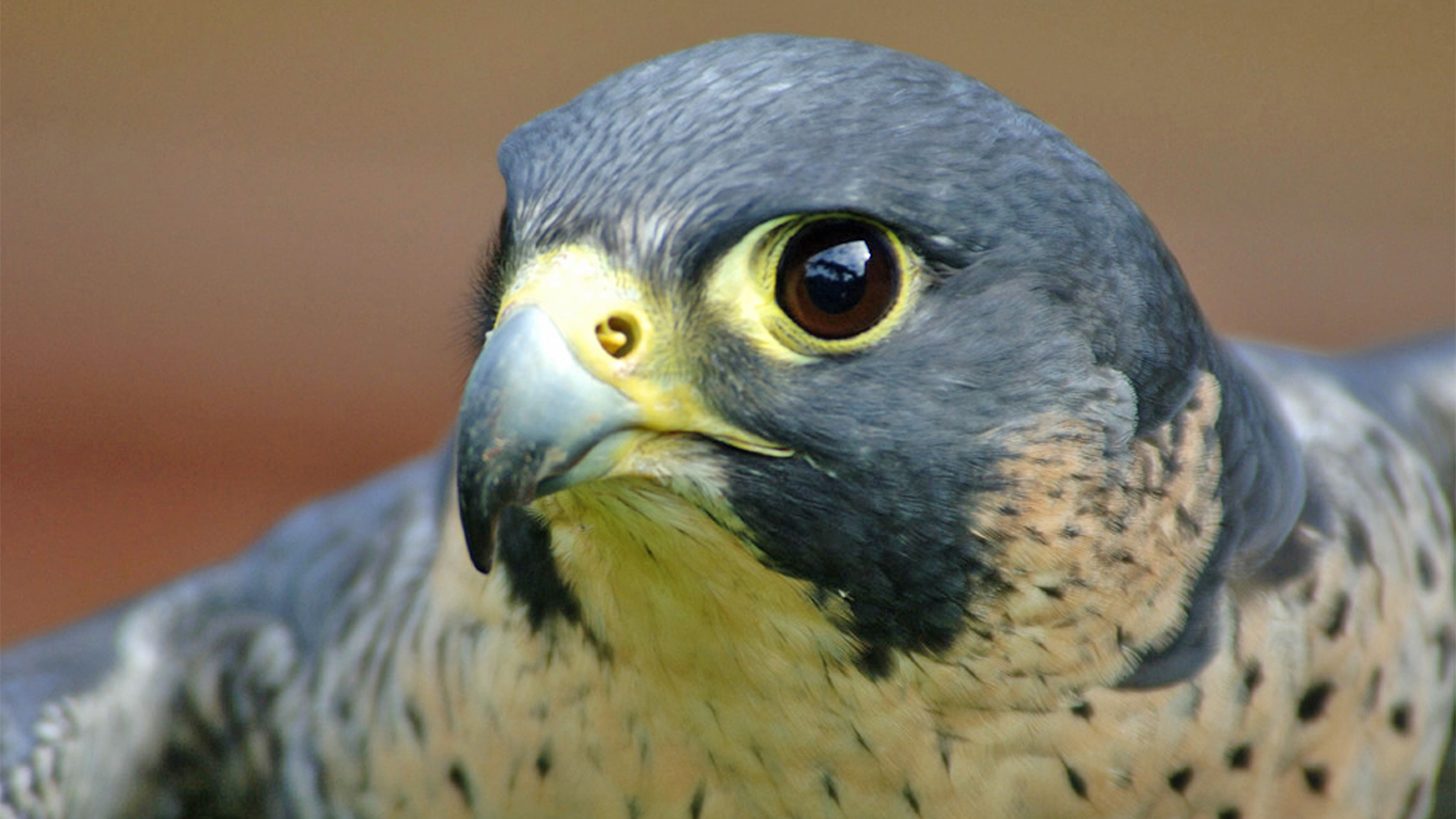The peregrine falcon (Falco peregrinus) is a bird that has captivated human imagination for centuries. Known for its incredible speed and hunting prowess, the peregrine falcon is often regarded as one of the most fascinating creatures in the avian world. In this comprehensive article, we will explore the peregrine falcon's habitat, physical characteristics, behavior, diet, and conservation status. Whether you're a bird enthusiast, a nature lover, or simply curious about this incredible raptor, this post will provide you with all the information you need to understand and appreciate the peregrine falcon.
Table of Contents
Habitat and Distribution
Global Presence
The peregrine falcon boasts a nearly global distribution, making it one of the most widespread birds of prey. These falcons are found on every continent except Antarctica. They thrive in a diverse range of environments, from tundra to deserts, showcasing their incredible adaptability.
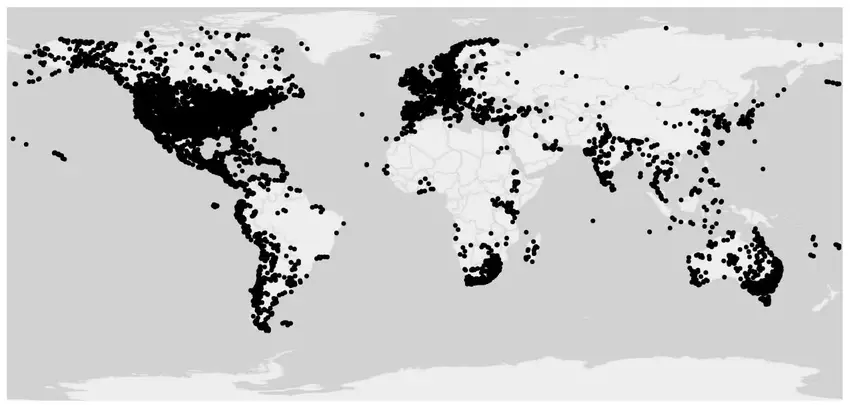
Urban Dwellers
Interestingly, peregrine falcons have also adapted to urban environments. Many cities around the world, including New York, London, and Sydney, have become home to these remarkable birds. Skyscrapers and tall buildings mimic the cliffs and high perches they prefer in the wild, providing an ideal vantage point for hunting.
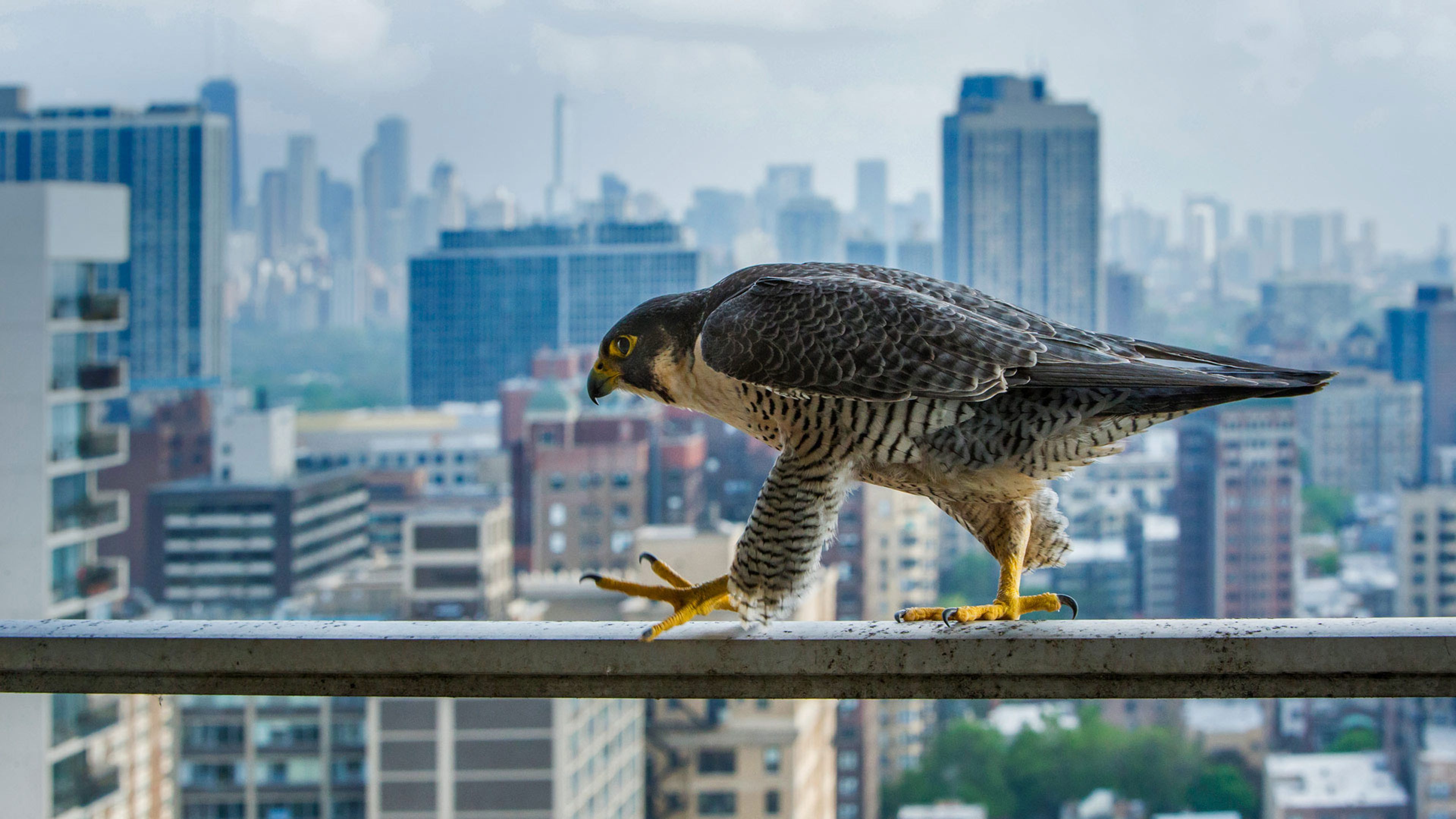
Physical Characteristics
Size and Appearance
Peregrine falcons are medium-sized raptors with a wingspan ranging from 29 to 47 inches (74 to 120 cm) and a body length of 13 to 23 inches (34 to 58 cm). Females are generally larger than males, a common trait among birds of prey. They have a robust build, with a dark blue-gray back, barred white underparts, and a distinctive black "moustache" mark on their face.
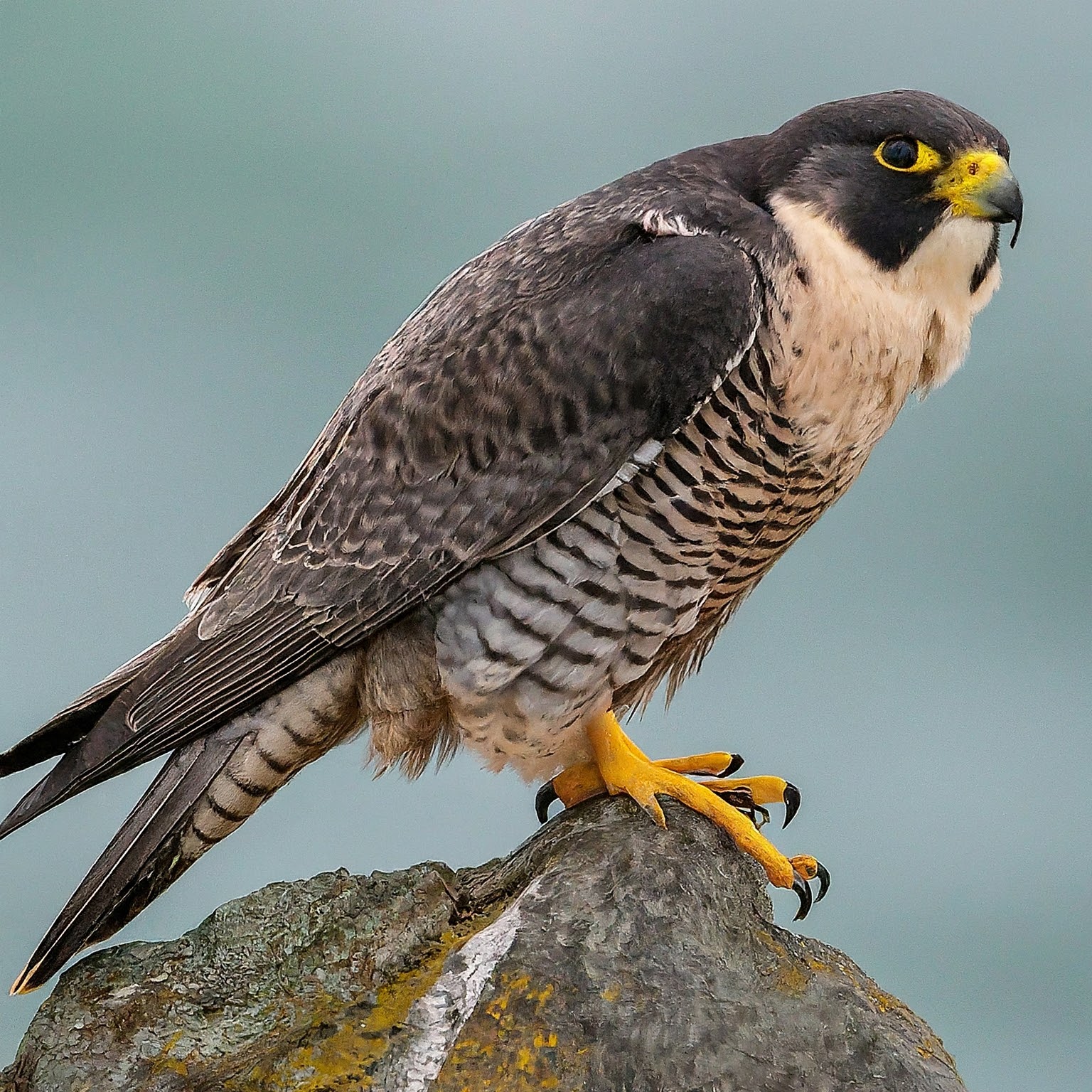 | 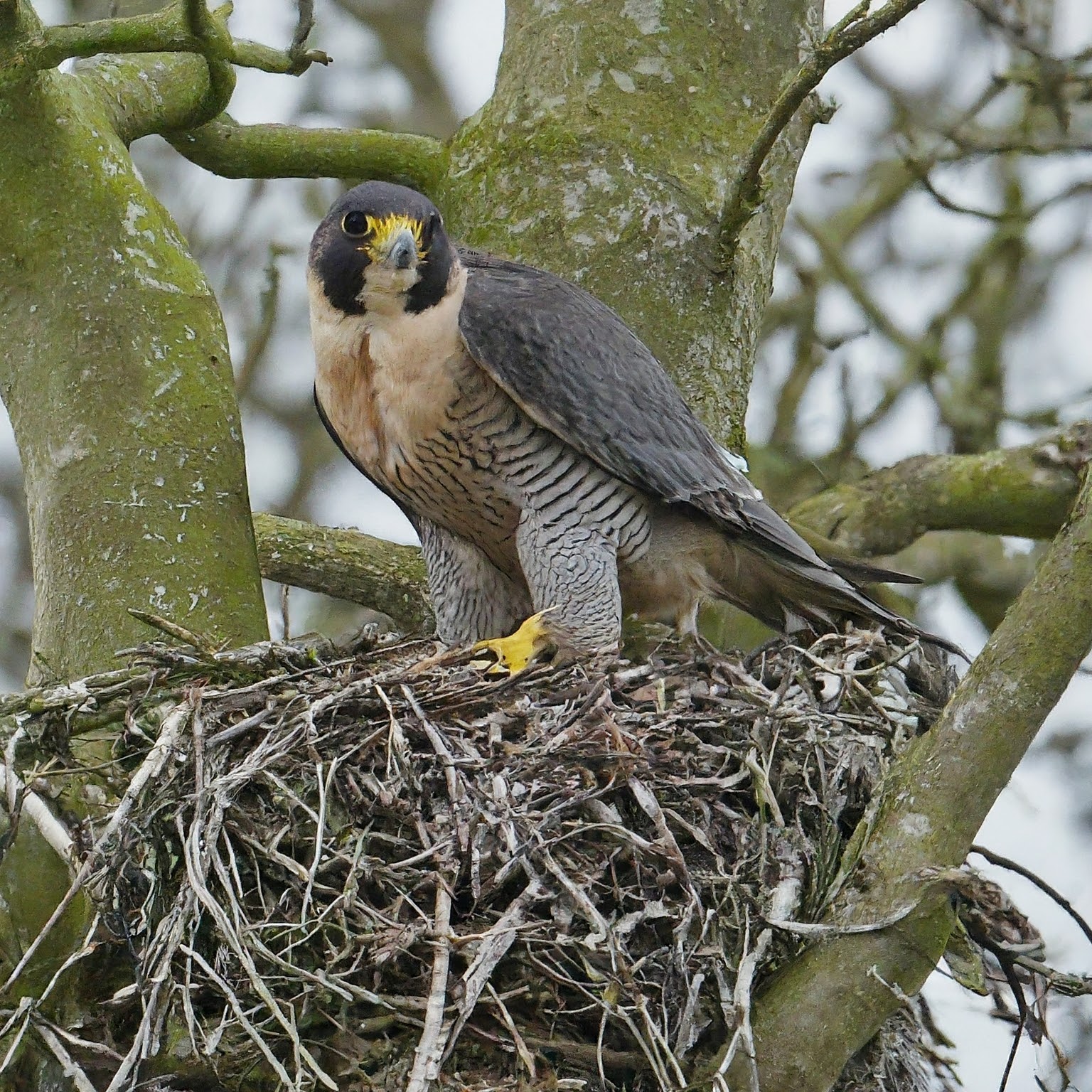 |
Speed and Flight
One of the most notable features of the peregrine falcon is its speed. It is renowned as the fastest bird in the world, capable of reaching speeds over 240 mph (386 km/h) during its characteristic hunting stoop (high-speed dive). This incredible speed, combined with exceptional maneuverability, makes the peregrine falcon a formidable hunter.
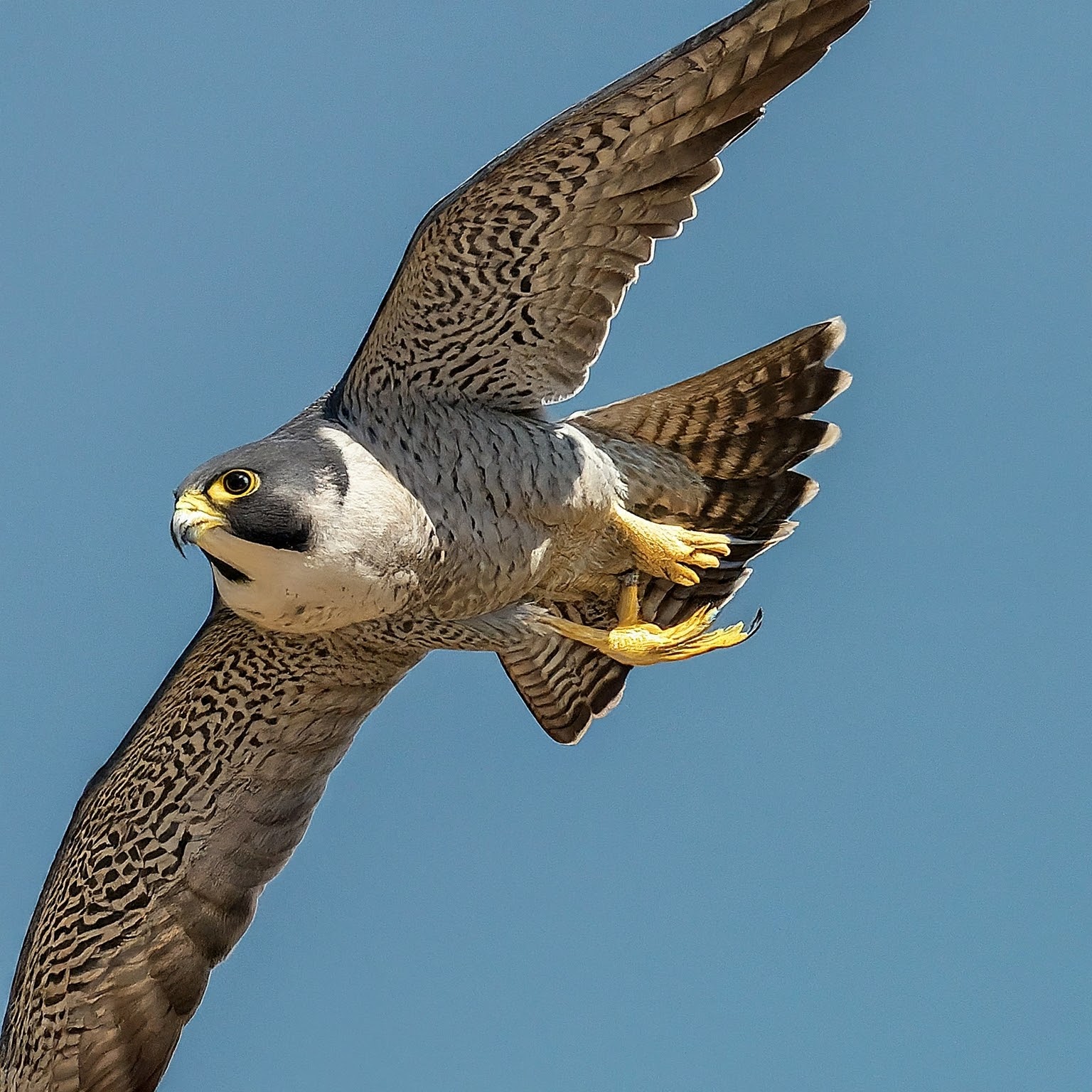 | 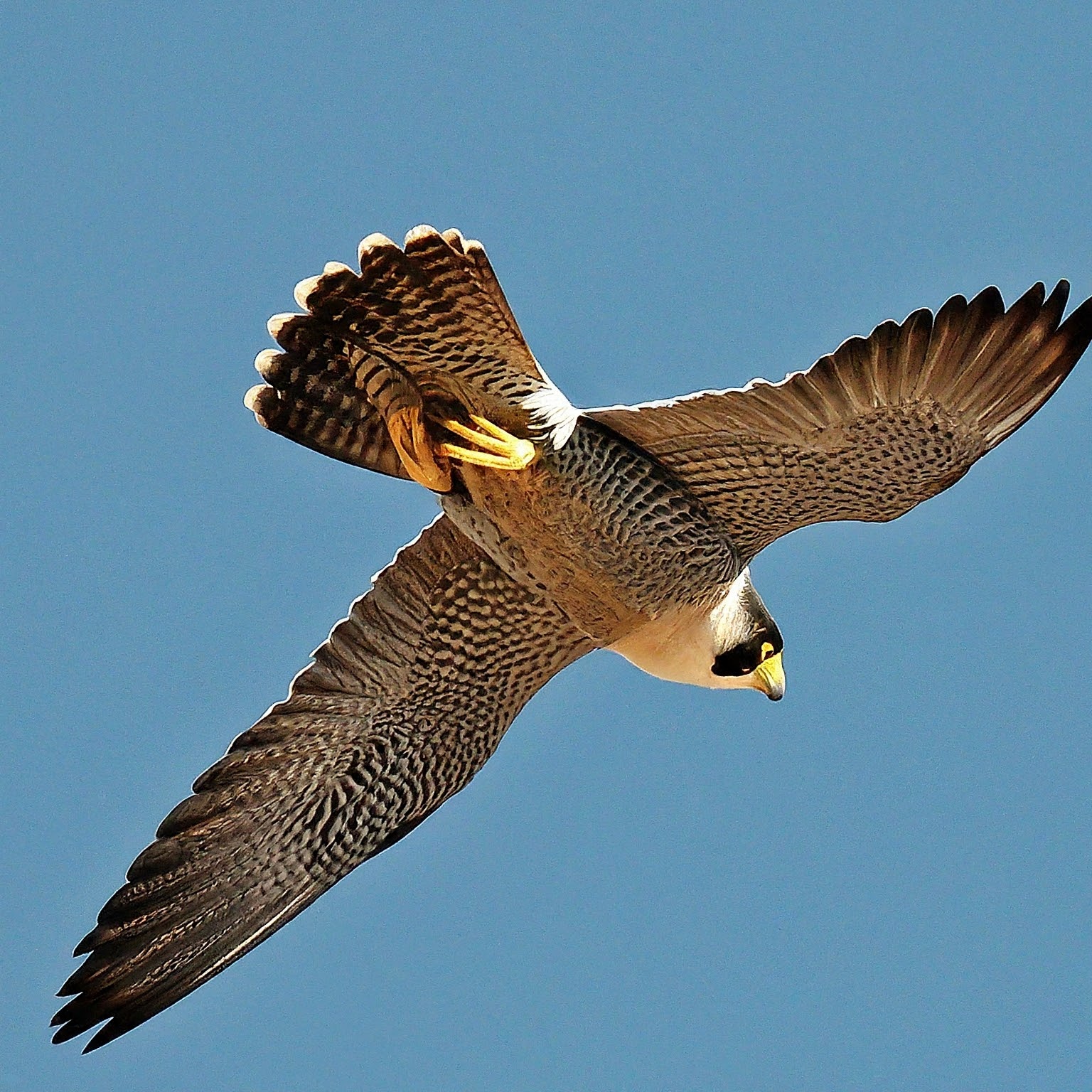 |
Behavior and Hunting Techniques
Hunting Strategy
The peregrine falcon's hunting technique is a marvel of natural evolution. They primarily prey on other birds, such as pigeons, doves, and songbirds, catching them mid-flight. The falcon uses its keen eyesight to spot prey from a distance, then soars to a great height before diving at astonishing speeds. This high-speed stoop allows the falcon to strike its prey with great force, often killing it instantly.
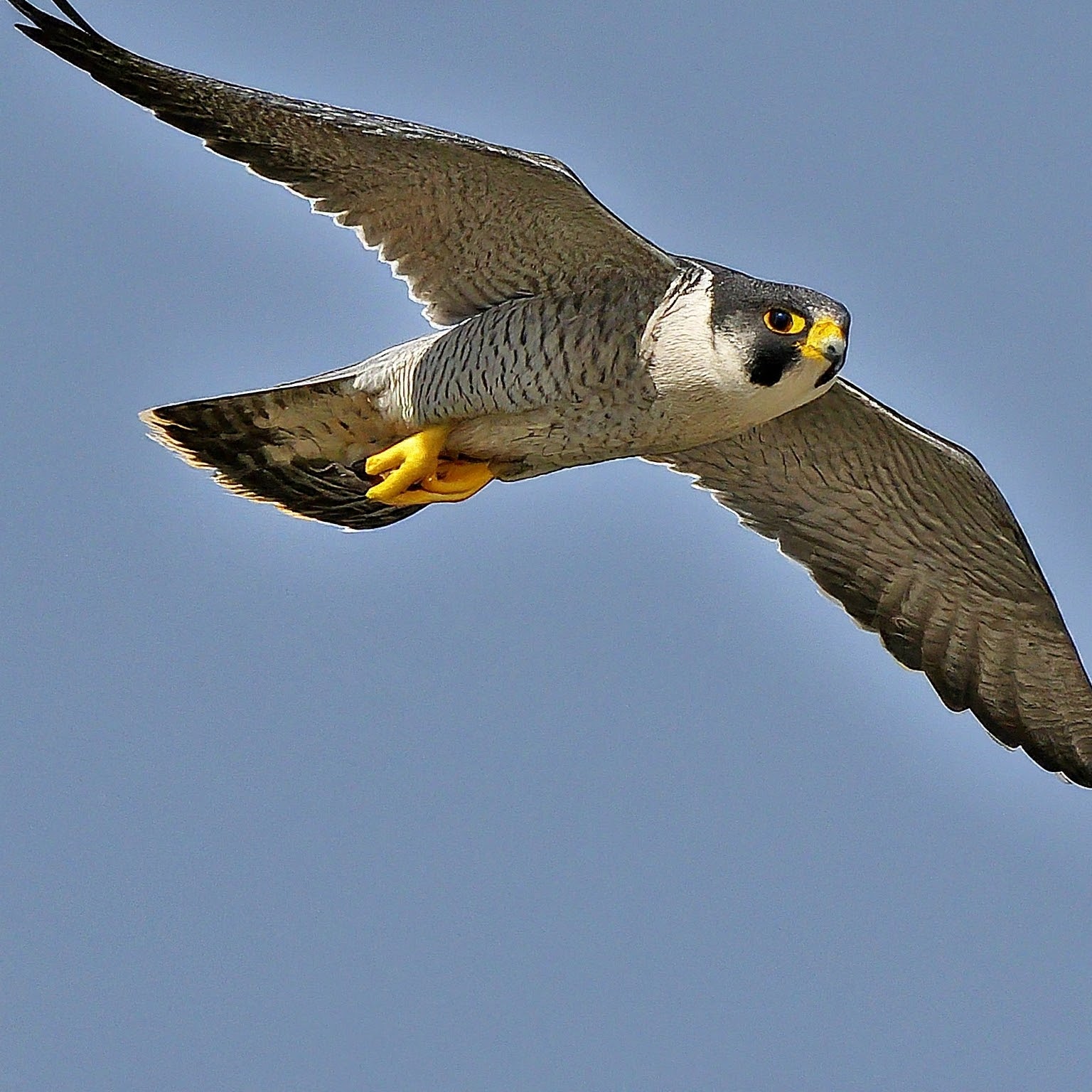 | 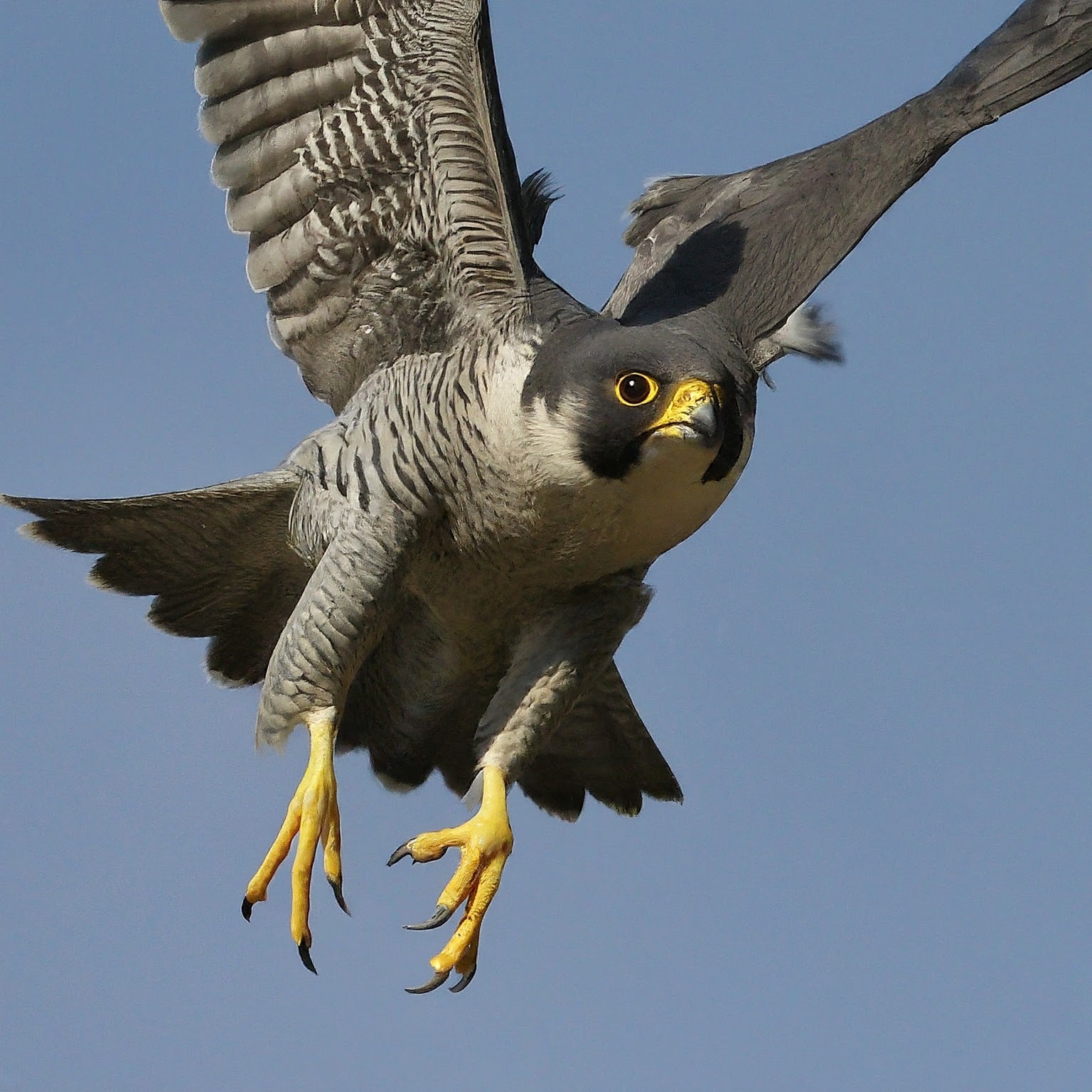 |
 |  |
Territorial Behavior
Peregrine falcons are highly territorial, especially during the breeding season. They establish and defend territories that can span several square miles. Mated pairs often return to the same nesting site year after year, reinforcing their bond and ensuring the safety of their offspring.
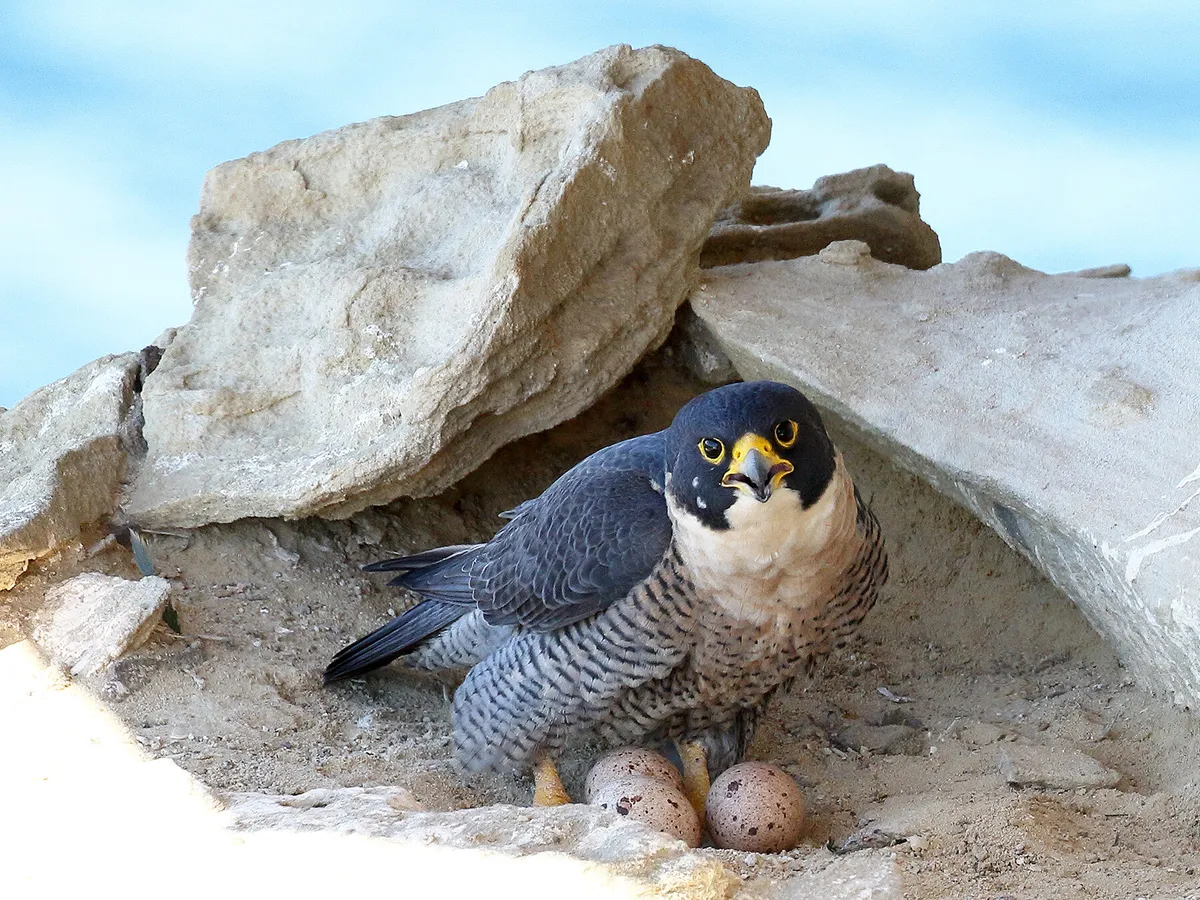
Diet and Feeding Habits
Primary Diet
Peregrine falcons primarily feed on medium-sized birds. Their diet includes pigeons, ducks, and shorebirds, which they catch in flight using their incredible speed and agility. In urban areas, they have adapted to hunting city-dwelling birds such as starlings and sparrows.
Feeding Chicks
During the breeding season, both parents take an active role in feeding their chicks. The male, known as the tiercel, is responsible for most of the hunting, while the female, or falcon, guards the nest and feeds the chicks. The parents tear the prey into small pieces to feed their young, ensuring they receive the necessary nutrients for growth and development.

Reproduction and Life Cycle
Courtship and Mating
Peregrine falcons engage in elaborate courtship displays that include aerial acrobatics and vocalizations. These displays help strengthen the bond between the mated pair. Once paired, peregrine falcons are generally monogamous, remaining with the same partner for life.
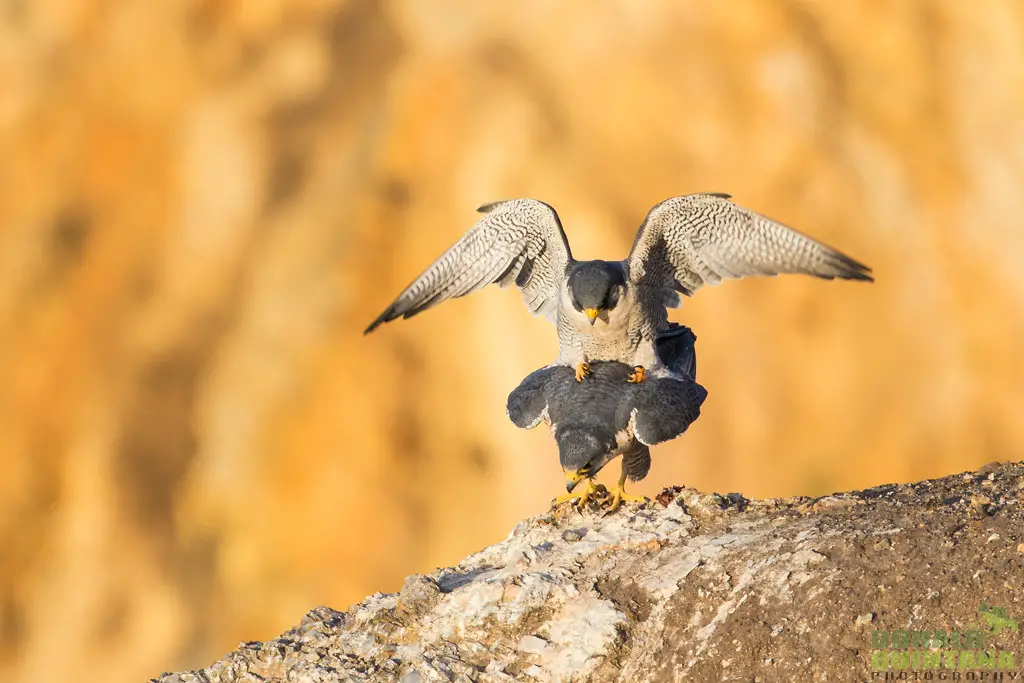
Nesting and Raising Young
Peregrine falcons do not build traditional nests. Instead, they lay their eggs in a simple scrape, which is a shallow depression on a cliff ledge or a high building. The female typically lays 3 to 4 eggs, which are incubated for about a month. Both parents share incubation duties, although the female does most of the incubating.
Fledging and Independence
After hatching, the chicks, known as eyases, are completely dependent on their parents. They grow rapidly, fledging (leaving the nest) at about 6 weeks of age. Even after fledging, the young falcons continue to rely on their parents for food and guidance as they learn to hunt and survive on their own.
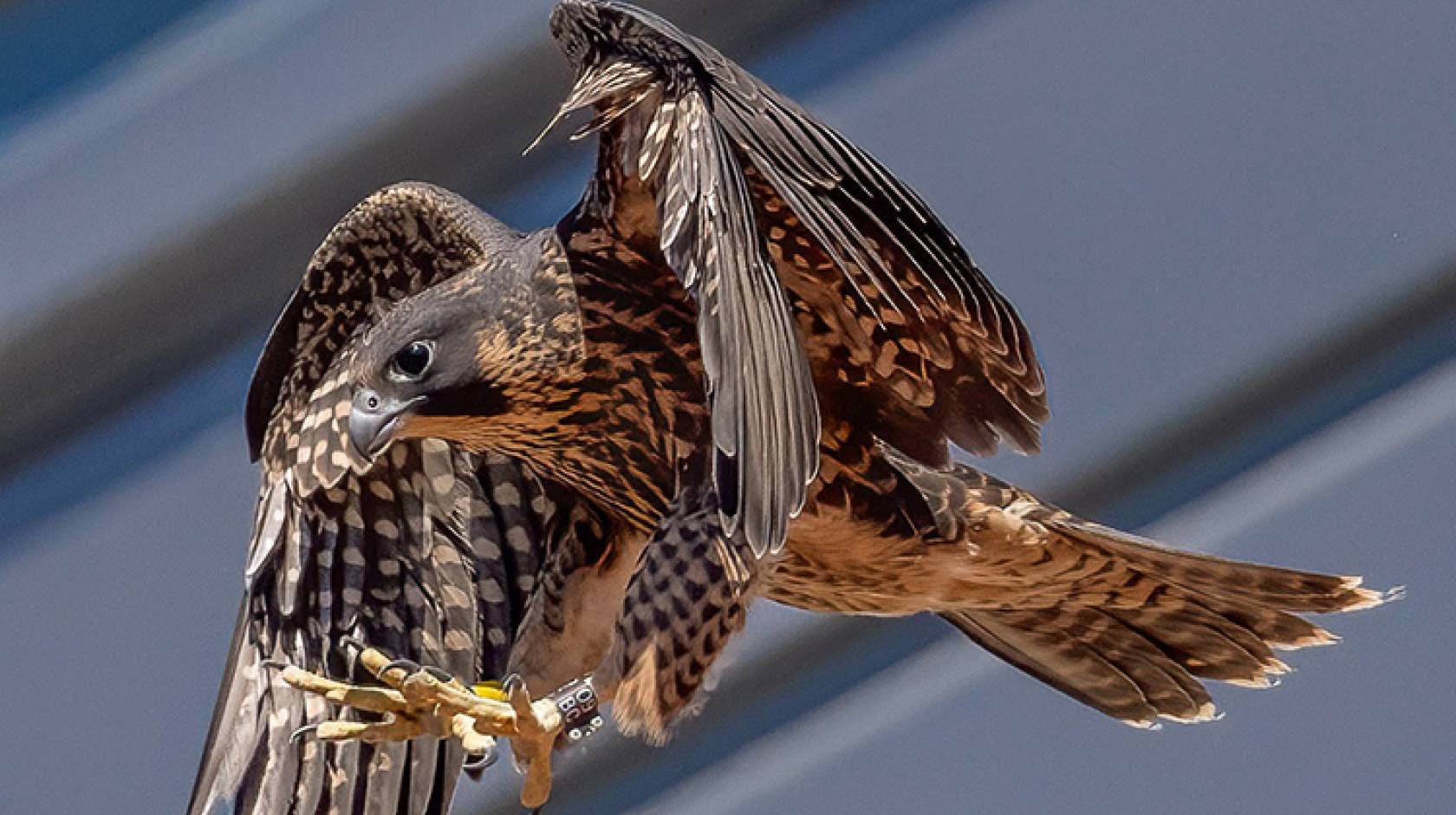
Conservation Status and Efforts
Historical Decline
Peregrine falcons faced a severe decline in the mid-20th century, primarily due to the widespread use of the pesticide DDT. This chemical caused eggshell thinning, leading to reproductive failure. By the 1970s, peregrine falcons had vanished from much of their historical range in North America and Europe.

Recovery and Success
Thanks to extensive conservation efforts, including the banning of DDT and successful captive breeding and reintroduction programs, peregrine falcon populations have made a remarkable recovery. Today, they are listed as a species of least concern by the International Union for Conservation of Nature (IUCN), though some regional populations remain at risk.
Ongoing Conservation Efforts
Conservationists continue to monitor peregrine falcon populations and work to protect their habitats. Urban nesting programs, such as those on tall buildings and bridges, have been particularly successful in supporting peregrine falcon populations in cities.
Fascinating Facts About Peregrine Falcons
Incredible Eyesight
Peregrine falcons have extraordinary vision, estimated to be 8 to 10 times better than that of humans. This exceptional eyesight allows them to spot prey from great distances, even while flying at high speeds.

Cultural Significance
Peregrine falcons have held a place of honor in various cultures throughout history. They have been used in falconry for thousands of years, prized for their hunting skills and trainability. In ancient Egypt, falcons were associated with the god Horus, symbolizing protection and kingship.
Adaptability
The adaptability of peregrine falcons is truly remarkable. From remote wilderness areas to bustling urban environments, these birds have demonstrated an incredible ability to thrive in diverse habitats. Their presence in cities has even led to unique interactions with humans, including the establishment of dedicated falcon-watching groups.
Conclusion
The peregrine falcon is a testament to the wonders of the natural world. Its incredible speed, hunting prowess, and adaptability make it a fascinating subject for bird enthusiasts and nature lovers alike. As we continue to protect and conserve their habitats, we can ensure that future generations will have the opportunity to witness the awe-inspiring sight of a peregrine falcon in flight.
By understanding and appreciating the peregrine falcon, we can better appreciate the delicate balance of our ecosystems and the importance of conservation efforts. Whether soaring above the cliffs or swooping through urban canyons, the peregrine falcon remains a symbol of nature's resilience and beauty.


